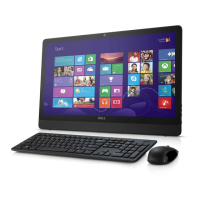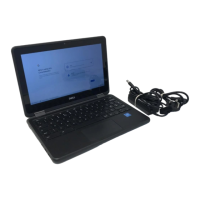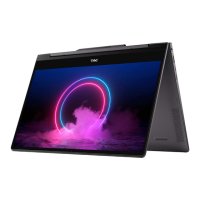Table 31. System setup options—Storage menu(continued)
Storage
SATA/NVMe Operation Sets the operating mode of the integrated SATA hard drive controller.
By default, the RAID On option is selected.
Storage Interface Displays the information of various onboard drives.
Port Enablement Enables or disables the M.2 PCIe SSD option.
By default, the M.2 PCIe SSD option is enabled.
SMART reporting
Enable SMART reporting If S.M.A.R.T. (Self-monitoring, Analysis, and Reporting Technology) is enabled
the BIOS can receive analytical information from integrated devices and send
notifications during startup about possible failure of the device.
By default, the option is disabled.
Drive information Displays the drive type and device name.
Table 32. System setup options—Display menu
Display
Touchscreen Enables or disables the touch screen option.
By default, the Touchscreen option is enabled.
OSD Button Management
Disable OSD buttons Disable the OSD (On-Screen Display) buttons on their All-in-One system.
By default, the option is disabled.
Full Screen Logo Enables or disables the computer to display a full-screen logo, if the image
matches screen resolution.
By default, the Full Screen Logo option is disabled.
Table 33. System setup options—Connection menu
Connection
Network COntroller Configuration
Integrated NIC Sets the on-board LAN controller.
By default, the Enabled with PXE option is selected.
Wireless Device Enable
WLAN Enables or disables the internal WLAN device.
By default, the WLAN option is enabled.
Bluetooth Enables or disables the internal Bluetooth device.
By default, the Bluetooth option is enabled.
Enable UEFI Network Stack Enables or disables the UEFI Network Stack and controls the onboard LAN
Controller.
By default, the Auto Enabled option is selected.
HTTP(s) Boot Feature
HTTP(s) Boot Enables or disables the HTTP(s) boot capabilities.
By default, the option is eabled.
BIOS Setup 99

